Maintaining a high LTV (Lifetime Value) for your clients is essential to the success of any agency or freelancer. Happy and satisfied clients will stick around longer, be more likely to refer friends & colleagues, and be more likely to return for additional services in the future.
In this blog, I will outline 11 ways to increase the LTV of your agency clients and keep them happy and coming back for more.
What Is Lifetime Value?
Lifetime value (LTV) is a key metric that businesses use to measure and predict profitability. Put simply, LTV is the total amount of money that a customer will spend with a company over the course of their relationship.
There are a number of different ways to calculate LTV, but the most common approach is to take the average yearly customer value multiplied by the average length of customer retention.
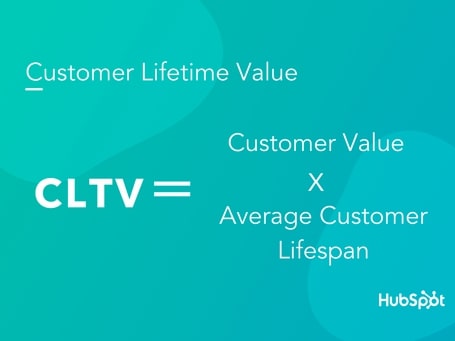
LTV is an important metric for businesses because it helps to assess whether acquisition and retention strategies are working. It also provides insight into how much businesses can afford to spend on acquiring new customers.
There are a number of factors that can impact LTV, including customer loyalty, customer satisfaction, and customer attrition. Businesses need to closely monitor all of these factors in order to maximize LTV.
11 Ways to Increase Client LTV
Table of Contents:
- Use Client Feedback to Improve Your Services
- Keep Your Clients in the Loop
- Offer Additional Services or Discounts for Referrals
- Go Above and Beyond
- Maintain a High Level of Professionalism
- Stay Up-To-Date on the Latest Trends and Technologies
- Anticipate Potential Issues
- Invest in Training New Team Members
- Increase Your Pricing
- Improve the Onboarding Process
- Show Your Appreciation for Each Client
Clients are the lifeblood of any business. The more you can do to increase client loyalty and lifetime value, the more successful your company will be in the long run.
So, let’s get right into how to do just that!
Use Client Feedback to Improve Your Services
One way to ensure that your clients are happy is to take their feedback into account and use it to improve your offerings. This can be done in a number of ways.
For example, you can make use of an NPS survey to track customer satisfaction over time. Having customers complete an NPS survey will provide you with a general idea of how happy customers are with your business and how likely they are to recommend you to others.
With NPS data, you can determine the percentage of promoters vs detractors and thus can make changes to a particular process if need be.
Here is an example of ACME’s NPS survey:
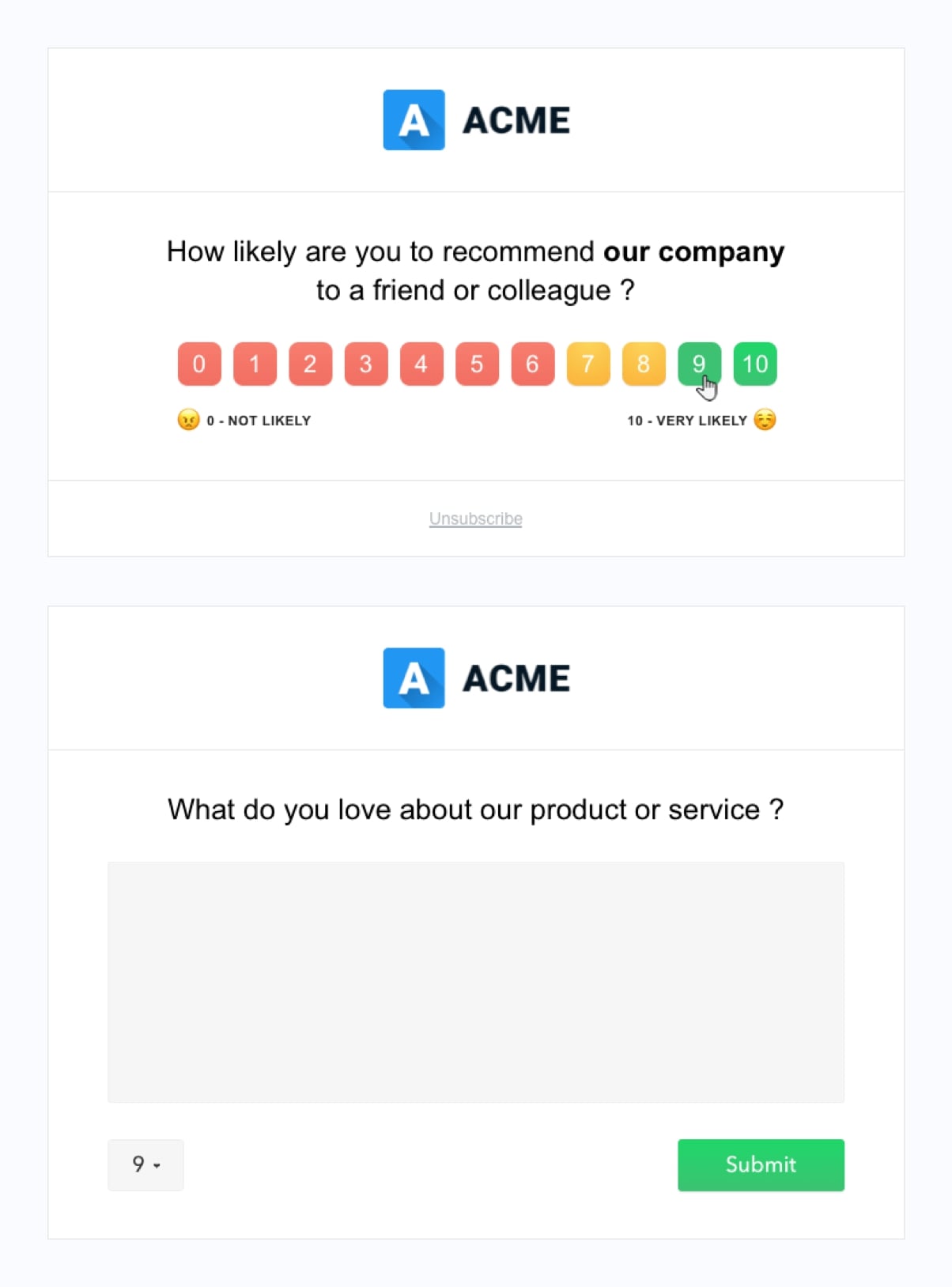
Source: Retently
As you can see from the survey above, your clients would be asked to rate your services on a scale from 0-10 based on how likely they are to recommend you to others. Shoot for an NPS over 70 to ensure that your agency is delivering quality results and producing happy clients.
If your NPS score is below that, try reaching out directly to those survey respondents to collect more data on why they gave an unfavorable score.
Apart from NPS scores, you can also collect survey responses rating your client’s customer support experience. These types of surveys are typically known as CES, or customer effort score surveys.
CES surveys are usually measured on a Likert scale (typically a scale from 1 to 7) like the following:
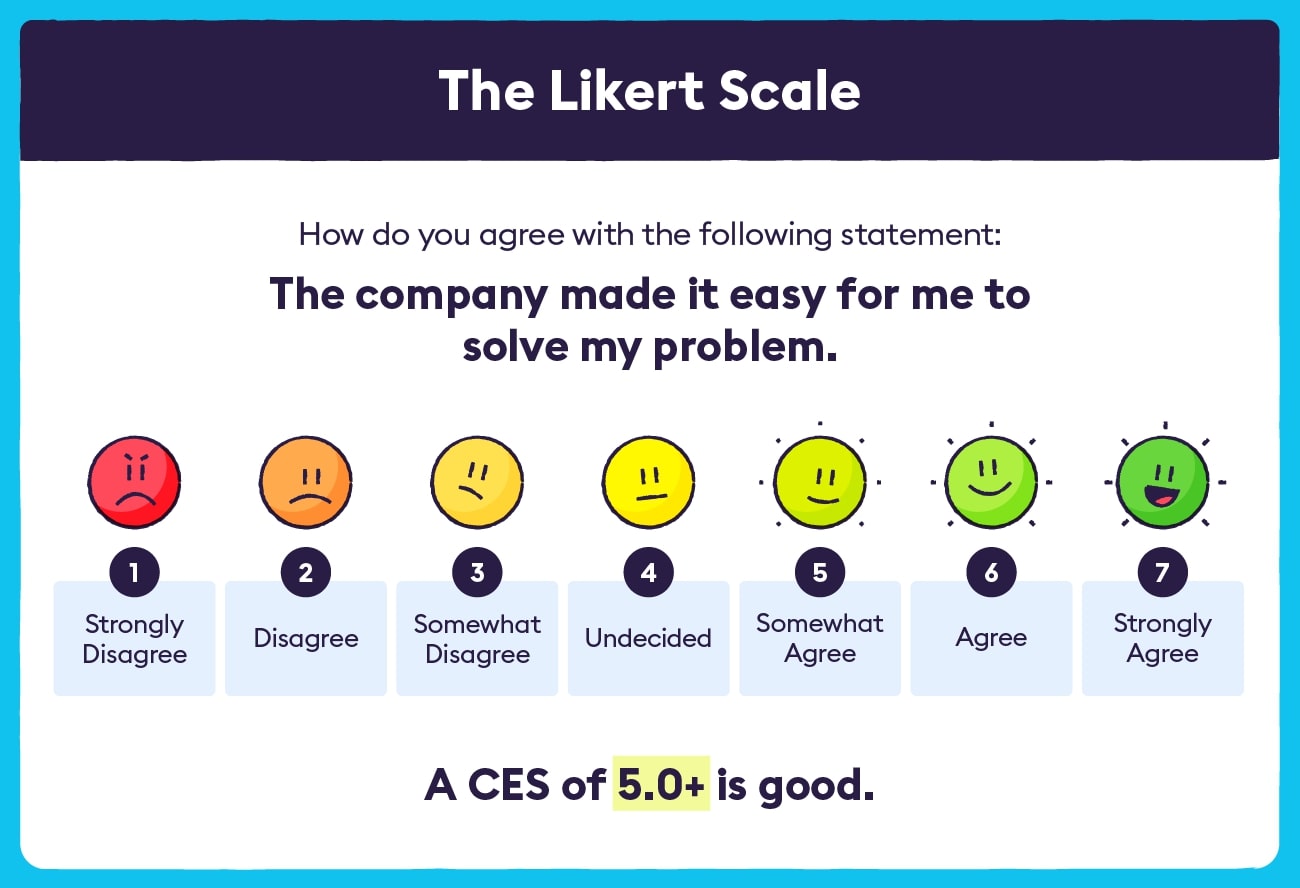
Source: Chattermill
By taking the time to collect customer feedback with the right software and subsequently reviewing your customers’ responses, you can make changes that will help improve their overall experience and increase their likelihood of remaining long-term customers.
Keep Your Clients in the Loop
If you want to keep your clients happy, it’s important to keep them in the loop about the latest progress and developments on their projects. Nothing is more frustrating than being kept in the dark about what’s happening, so make sure to communicate regularly and keep your clients updated.
To do this, provide weekly or monthly client reports detailing campaign progress, results, and analytics. Determine a cadence that works for both you can your clients so that they know what to expect and when to expect it. This will help keep everyone on the same page and working towards common goals.
This level of transparency and structure will build trust and confidence, leading to a stronger relationship between you and your clients. In addition, if you can show them that you’re constantly making progress and developing new ideas, they’ll be more likely to stick around for the long haul.
Offer Additional Services or Discounts for Referrals
Another method to help keep existing agency clients happy and increase their LTV is to offer additional services or discounts for referrals.
This can be a great way to keep your existing clients happy and increase word-of-mouth marketing for your business.
Simply ask your existing clients if they know anyone who might benefit from your services, or if they might be able to provide you with a quick introduction. More often than not, they’ll be happy to help.
Of course, it’s important to make sure that the discounts you offer are reasonable and that the additional services you provide are valuable to your clients. But if you can find the right balance, offering referral discounts can be a great way to not only improve client LTV, but also bring in new client revenue.
Go Above and Beyond
One of the best things you can do is go above and beyond to meet deadlines and exceed expectations. This not only shows your clients that you’re reliable and trustworthy, but it also demonstrates that you’re committed to delivering quality work.
In today’s competitive marketplace, this can make all the difference in winning repeat business.
In my opinion, it’s best to under promise and over deliver. If you tell your client you’ll have an ad campaign ready to launch in 2 weeks, try your best to have it ready in one week or one week and a half.
Of course, don’t try to cut corners using this method, but if you under promise and over deliver you will look like a superstar in your client’s eyes.
Maintain a High Level of Professionalism
As a business professional, it’s important to always communicate with clients in a professional manner. This means being respectful, clear, and concise in all your dealings with them.
There are a few key things to keep in mind when communicating with clients:
- First, always be respectful. This includes being polite and using appropriate language.
- Second, be clear in your communications. Use simple, easy-to-understand language and avoid jargon.
- Third, be concise. Get to the point quickly and avoid rambling.
Moreover, try to implement newer forms of communication to help save time and get your point across more effectively. Examples of this include asynchronous video communication through a service like Loom.
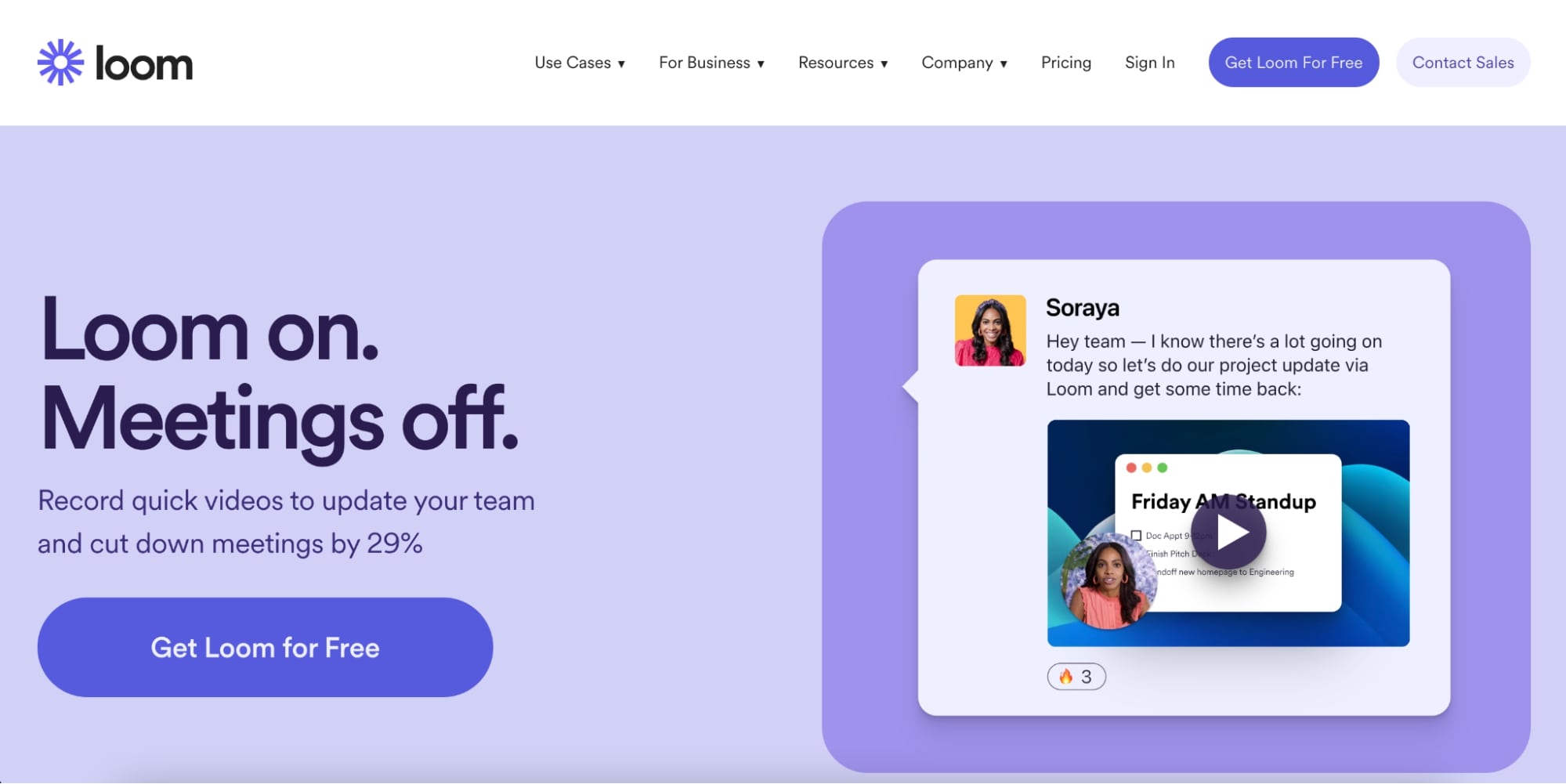
Loom is great when the message you need to get across is just too large or complex for email. It allows you to create a video that can then be easily shared with your client without having to schedule time-wasting phone calls or video calls.
Stay Up-To-Date on the Latest Trends and Technologies
If you work in digital marketing, it’s important to stay up-to-date on the latest trends and technologies. This way, you can provide your clients with the best possible service.
There are a number of ways to stay informed, such as reading industry blogs, attending conferences, and networking with other professionals.
However, one of the most effective ways to stay up-to-date is to simply experiment with new tools and strategies yourself.
By constantly trying new things, you’ll not only have a better understanding of how they work, but you’ll also be able to identify any potential problems that your clients may encounter.
For example, let’s say you’re an e-commerce agency helping clients increase their revenue. Well, over the past few years you probably should have been investing employee resources into learning the ins and outs of things like the value of SMS notifications or new social media platforms like TikTok.
For TikTok, learning about how to use their Creative Center to keep up on trends, studying the best hashtags, and partnering with UGC creators are all valuable skills.
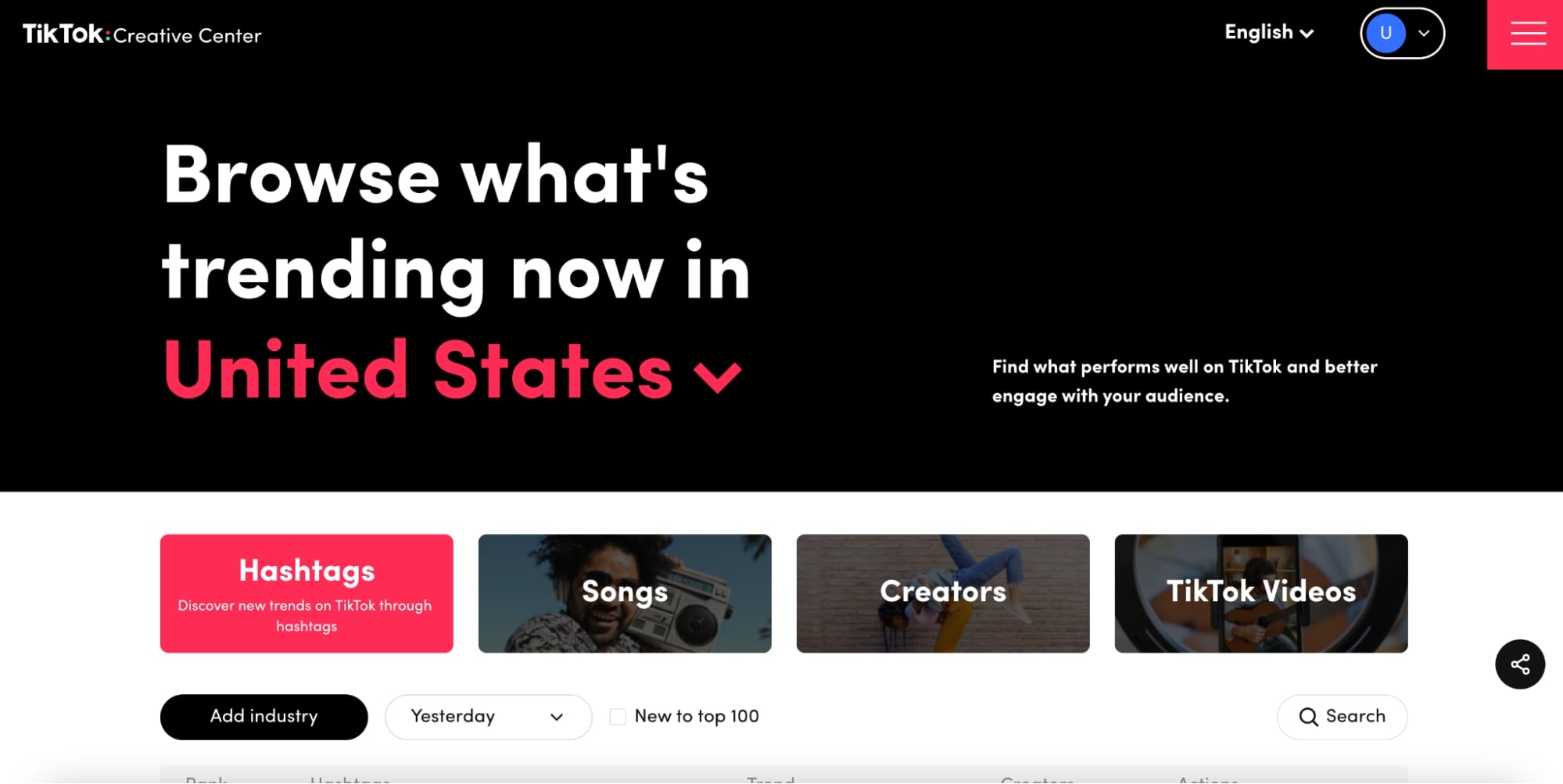
If you’re not staying up to date with the latest trends, then you won’t be ready to change your strategy with the evolving landscape. Thus, your clients’ revenue will eventually begin to slide, leaving you with an unhappy client.
Anticipate Potential Issues
These days, it’s vital to anticipate potential problems or issues before they take full effect and spiral out of control. By taking a proactive approach, you can head off potential issues before they have a chance to damage a brand’s reputation or revenue.
For example, Mention does a great job at alerting businesses about important conversations or mentions of their brand. This gives you the opportunity to resolve issues or rectify complaints before they balloon into something bigger.
Of course, this isn’t always easy to do. But by keeping an eye out for potential issues and addressing them as quickly as possible, you can help protect your clients’ brands against negative consequences.
Invest in Training New Team Members
When you bring a new team member on board, it’s important to take some time to train them on how to work with your agency’s clients. After all, each client is unique, and they all have different expectations and needs.
Create a standard operating procedure (SOP) that clearly details your agency’s expectations for how to communicate with clients, how to complete certain tasks, and, most importantly, how to handle client requests and concerns. This will ensure that your team is always on the same page and that everyone is providing the best possible service to your clients.
Increase Your Pricing
Price increases aren’t always a welcomed sight for clients but in order to remain profitable and increase client LTV, they’re sometimes necessary.
Furthermore, if you’re starting to onboard new clients and aren’t increasing the capacity of your business to handle as many clients as you’re receiving, then it’s in your best interest to increase pricing and focus on your top clients.
This means discontinuing clients who either aren’t willing to pay the price increase. That being said, a price increase needs to be justified. If you’re able to produce a healthy ROI for your client, and you decide to increase your prices by 25% then you need to ensure that your client will still be ROI positive even with this price increase.
If you aren’t able to provide a positive ROI for your clients after a price increase, then why would they stick with you? Ultimately, it’s a game of providing tremendous value, while charging what you’re worth to attract the best clients and increase LTV.
Improve the Onboarding Process
Any business that works with clients knows that the onboarding process is essential for success. First impressions matter; if a client has a positive experience from the start, they’re more likely to continue doing business with you.
Additionally, as outlined in the graphic below, there are other benefits associated with a smooth onboarding process – apart from just a higher LTV.
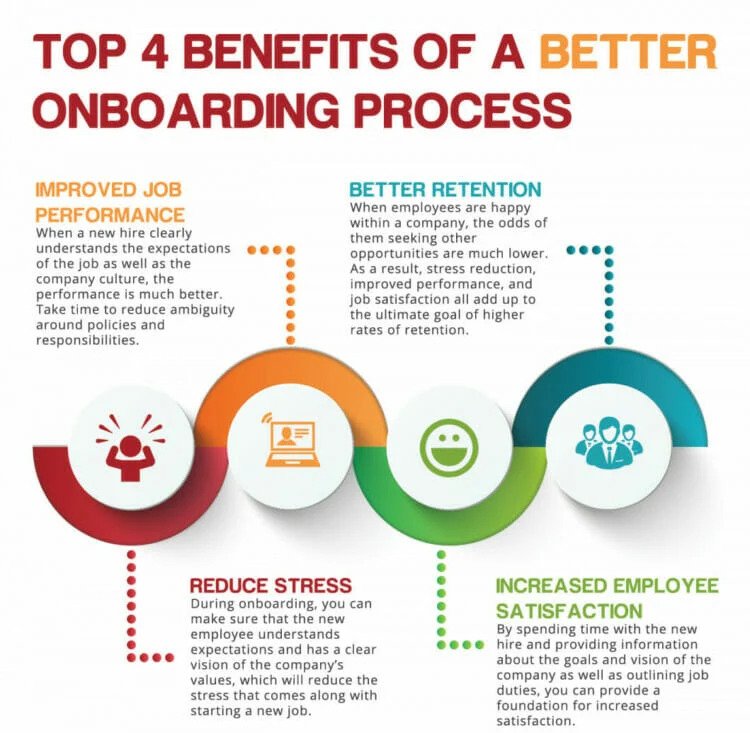
There are various ways to improve the onboarding process, but here are a few key things to keep in mind:
- Make sure your team is prepared. The onboarding process should be smooth and seamless, and your team should be able to answer any questions a client may have.
- Be transparent about what you’re offering. Make sure your client understands exactly what they’re getting, and what they can expect from working with you.
- Take the time to get to know your client. The better you understand their needs, the better equipped you’ll be to provide them with the services they need.
By following these simple tips, you can improve the onboarding process and build lasting relationships with your clients.
Show Your Appreciation for Each Client
Lastly, a great way to show your clients that you’re invested in their success is to take care of the small details that demonstrate your commitment. For example, sending a handwritten thank-you note after a successful project not only shows your appreciation, but also helps to build goodwill and rapport.
According to Helpscout, Renee Morris from Wufoo says that “out of the roughly 800 customers who received handwritten cards from us last year, 50% fewer folks left our product than those who did not receive cards.”
Similarly, staying in touch even when there’s no active project can show that you’re interested in maintaining a long-term relationship. By making an effort to be responsive and attentive, you can give your clients the peace of mind that they’re working with a reliable and trustworthy partner – which can go a long way towards improving LTV.
Conclusion
Improving a customer’s LTV is typically a by-product of ensuring that they’re happy with the service you’re providing. Ultimately it comes down to offering high-ROI results, listening and acting upon client feedback, and structuring your pricing effectively. With these three components in place, you’ll likely see not only an improvement in your customers’ LTV but also a reduction in customer churn.






